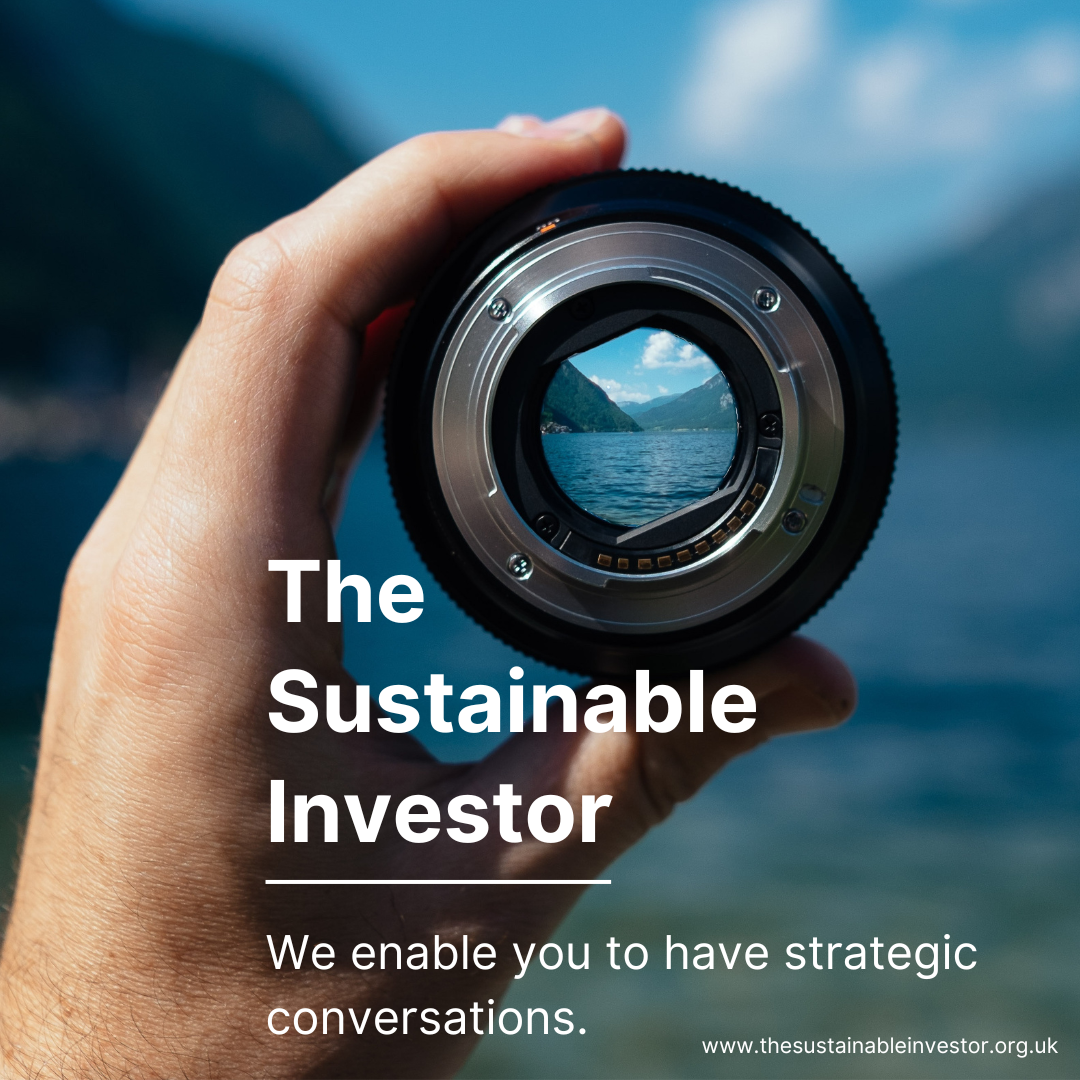
'Baseload' electricity from renewables
It used to be said that renewables cannot provide 24/7 electricity. This project in Australia says otherwise.
Summary: It used to be said that renewables cannot provide 24/7 electricity. This project in Australia says otherwise. Yes, it's for an isolated mine (Olympic Dam), but a combination of wind and batteries is expected to meet half of Olympic Dam’s forecast electricity needs from 2025. Another step toward 70-80% renewables on the grid.
Why this is important: We need to move the renewables debate onward. The old model of baseload power, supported by supply that met the peaks will not apply in the future. The future is going to be more about balancing our system, offsetting the intermittent nature of renewables with technologies such as demand management, battery storage and interconnectors.
The big theme: Many commentators say that variable renewables cannot power the electricity grid without fossil fuels (mostly gas) as they cannot provide what they call baseload power, by which they mean 24/7. When we started in this industry, many said that renewables could not be more than 10% of load, that went up to 20% and now 50% plus is generally accepted. The next step is to get to 80-90% (beyond that is currently expensive) - which means adding in interconnectors, short/mid duration storage and demand management. Some countries are there already, mostly using hydro. This is the big investment theme of the next decade.

The details
Summary of a story from reneweconomy
French renewable energy developer Neoen says it has signed a first of its kind 'baseload' contract with mining giant BHP to supply power to its huge Olympic Dam copper mine in South Australia with a combination of wind and battery storage. The contract is for 70MW and will deliver energy 24/7. The wind power will come from the first 412MW stage of the Goyder South wind farm, now under construction. It will be supported by a new 300MW big battery at Blyth, also in South Australia, that could have up to 800MWh of storage.
Let's take a look at why this is important...
We frequently read that electricity grids cannot run at high levels of renewables without material support from fossil fuel power, normally gas. And many commentators explain away countries that do operate on close to 100% renewables as being the "hydro power exceptions".
Now, to be true, there is some truth in this, having abundant hydro does make things a lot easier. And this data shows that as of 2021, 17 countries operated at over 90% renewables, again with most using a large element of hydro. But as this study showed, it can be done with wind and solar (normally both, not just one).
There are a number of solutions to the intermittency of renewables, including using interconnectors to bring in complementary renewable electricity from elsewhere, using battery storage to bridge periods of up to 8 hours (normally up to 4 hours), smarter grid or demand management, and the most challenging from a cost perspective, the small amount of long-term storage needed. There will be a long blog on this shortly!
It's too easy to focus on the "oh my god, how do we get to 100% renewables without fossil fuels" rather than the much easier (and largely already solvable question) of "how do we get to 70-80%". There is increasing evidence that 50% plus can be delivered, cost effectively.
Something a little more bespoke?
Get in touch if there is a particular topic you would like us to write on. Just for you.
Contact us
Please read: important legal stuff.

